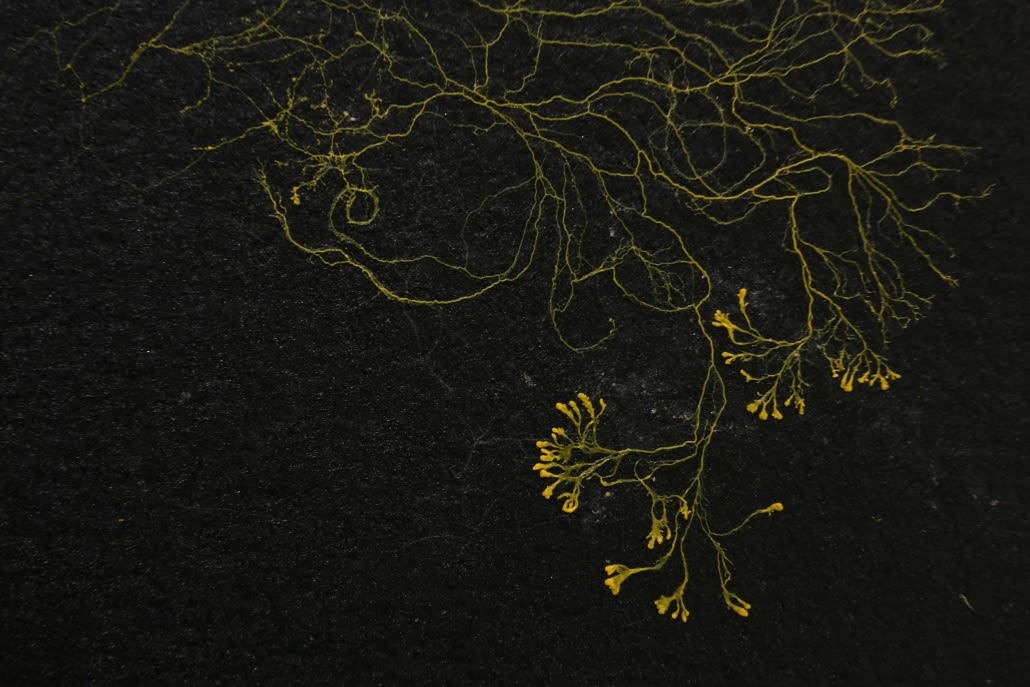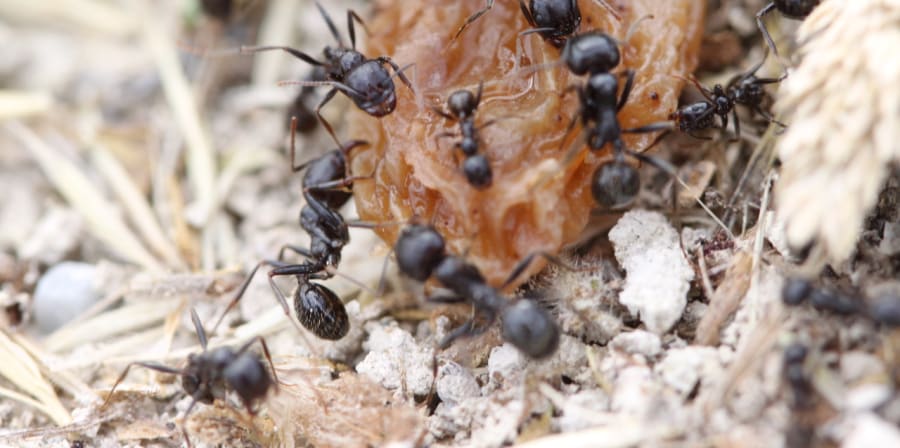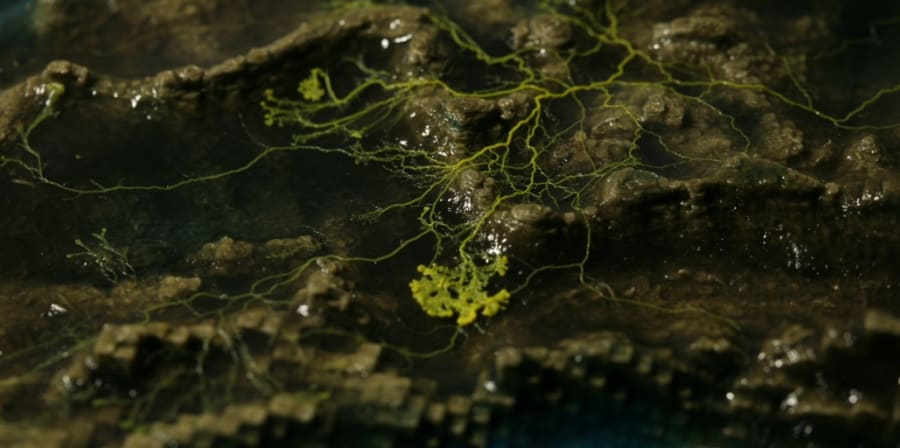KE Voices: Heather Barnett on the intersection between science and arts

- Written byAlexandra Rodriguez Cifre
- Published date 28 September 2021

Heather Barnett is Pathway Leader for MA Art and Science at Central Saint Martins, and convenor of the Art & Living Systems Lab. In this interview, she shares her journey to becoming the interdisciplinary artist and researcher she is today, reflecting on the intersection between arts and science and her involvement in the European partnership STEAM INC.
Heather Barnett: What humans can learn from semi-intelligent slime
Heather Barnett at TEDSalon Berlin 2014.
Hi Heather! Let's go back to the beginnings of your career, how did you start combining artistic and scientific disciplines in your practice?
As a child, I was very interested in the natural world. At one point I wanted to be a nature photographer, but then realised I didn't have the patience to sit for weeks waiting for snow leopards to appear!
I studied photography (an interdisciplinary subject combining physics, chemistry and visual communication) and, after graduating, I became increasingly interested in medical humanities. I did a residency in a hospital, where I started exploring ideas of patient identity through medical imaging and diagnostics.
More recently, I've been working directly with living systems, particularly those possessing some form of collective intelligence. I have worked with ant colonies – in La JOYA, an arts and ecology centre in southern Spain, and in my compost bin – trying to understand how they work and intervening with their behaviour in their natural habitat.
Throughout my career, I've become increasingly interested in complex biological systems which have simple elements. I've been working for a long time with slime mould, a very simple single-celled organism that can do all manner of computational tasks, and is attributed with primitive intelligence and the capacity to learn and pass that learning on to other slime moulds.
How do people from scientific backgrounds react when you propose collaborating with them?
It's really varied. I've worked with a lot of scientists and scientific groups over the years – some have been highly cynical, not understanding what an artist can bring to scientific inquiry. And others are genuinely interested in dialogue, beyond the limitations of a discipline.
I think interdisciplinarity within the sciences is far greater. It is quite common to find biologists, mathematicians and physicists working in teams together, and I think extending beyond the sciences into art and design disciplines is a natural extension. Diverse questions and different mindsets can create new modes of inquiry. That's something that I've learned to consider through experience – really trying to work out how to develop a meaningful collaboration.

How do you combine your time at CSM as a Pathway Leader with your own professional interests?
They complement each other. During my entire career, I’ve always taught part time while being a self-employed, independent artist.
Every September, I look forward to welcoming a new group of interdisciplinarians to the MA Art and Science – we have students coming from diverse backgrounds across the arts, sciences and social sciences. Those with a scientific background are interested in developing a creative practice using their scientific knowledge. We also have a lot of students who are trained in the arts, but have an interest in scientific subjects, or want to work with biological materials or scientific principles and processes.
Since joining CSM, the interrelationship between teaching and practice has become more interlinked, as I get to put my own research work into practice in my teaching and through collaborative projects with external partners. For example, the STEAM INC project brings these different elements together.
Can you tell us a bit more about your involvement in this European collaboration?
STEAM INC. is an Erasmus+ project involving 7 European partners exploring the relationship between the Arts and STEM disciplines (Science, Technology, Engineering and Maths). Birmingham City University is leading on the collaboration, and we’re working with Trinity College’s Science Gallery in Ireland, Aalto University in Finland, Amsterdam University in the Netherlands, Dresden Technical University in Germany and Ars Electronica in Austria.
During the first phase of the project, we all pulled together our definitions of STEAM. The term has been increasingly used over the past few decades, but there's never really been a consolidated body of work on what is meant by STEAM. It’s been really interesting to see how we all interpret it differently, whether it's from a design, arts or innovation perspective.
The CSM team are leading on the second phase, which is focused on generating new STEAM methods. We're looking at the relationship between education, engagement and policy across different sectors, and seeking to engage those who would potentially be interested in developing STEAM projects, but don't really know how to start or why they should want to work across disciplinary boundaries. We want to create something that really maps the territory, and that generates new methods for others to adopt and adapt to their own contexts.

How do you think doing a project like STEAM, being under the umbrella of knowledge exchange, benefits you as an academic and practitioner?
Everything I do spans education, research and knowledge exchange – I see all aspects as mutually beneficial.
When you are part of a project like STEAM, your mind is expanded because you realise you’re not in a monodisciplinary world, nothing is stable. And I think that instability, that uncertainty is fruitful for innovation, to developing novel ideas and look at things differently.
I'm an interdisciplinary artist and I like blurred lines. This is where the interesting stuff happens.
What other areas would you like to explore in collaboration with other partners?
Many, many things! There are so many areas that I think could benefit from a more creative and artistic approach, such as emerging technologies, environmental practices or scientific research.
For example, there are so many layers of inquiry and development around VR and immersive technology at the moment, and I think it would be really fruitful to have scientists, technologists, psychologists, artists and designers working together in a lab.
Find out more about Heather's work and recent collaborations
Explore our current Knowledge Exchange projects
Let's collaborate! Get in touch with us: business@arts.ac.uk
KE Voices is a new series of interviews where UAL academics and members of staff talk about their involvement in Knowledge Exchange (KE) activities, reflecting on how creative thinking and practices can be applied to tackle real-world challenges in collaboration with businesses, charities, local communities and other education institutions.